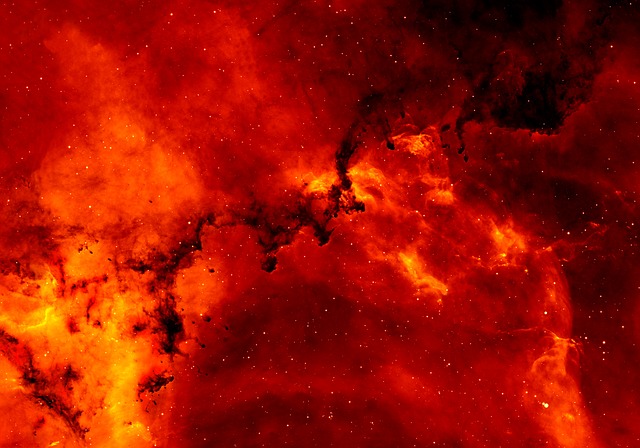
This video is much in the news lately…
I first saw this video at the 2014 , gave a short talk at the conference and showed this video. I’m not sure if the one now viewable on YouTube is an updated version from the one he showed, but it seems to be the same one I saw. It depicts the deployment of a Lunar Space Elevator and it’s capability to mine regolith and transport it back to earth (or wherever). There’s a lot of detail shown but even more detail that’s not shown – but it is a concept video, not an engineering blueprint.
he video shows a probe/pod that is launched from earth to some stationary point from the moon. Then an anchor (attached to a space elevator tether) is deployed from the probe/pod to the lunar surface. There it is anchored and then rovers are deployed to dig up regolith, process it (I assume), and then bring it back to the anchor for eventual shipment back to earth.
There has been a fair amount of debate in the space elevator community about the utility / usefulness of a lunar space elevator. According to the , the Purpose of building a lunar space elevator would be:
The Lunar Space Elevator Infrastructure is going to serve many purposes for the human race. The first and most obvious is the opening up of the Moon for tourism and colonization purposes. LSEI can be built with current materials, but it would not have a lot of throughput. The goal of the study would be to determine a method of increasing transport throughput to enable humans to go back to the Moon. LiftPort’s LSEI architecture provides consistent, safe, and high-volume lunar transportation. Each Ribbon attached to the lunar surface allows for an additional 260 kg of cargo. Built up over time, 5, 10 or 15 such Ribbons allows for human-rated heavy-cargo capacity. By building a complete, reusable, and expandable infrastructure, LSEI can send three astronauts to the lunar surface every four weeks. In addition, the LSEI expands the capabilities of the Deep Space Habitat envisioned by the Global Exploration Roadmap and endorsed by NASA. Accessing the Moon also means accessing the minerals of the Moon. The Moon’s suspected to possess a motherlode of helium3, which many (ourselves included) believe it could be used to energize nuclear fusion reactions and provide vast amounts of energy in a process which avoids the radioactive waste of nuclear fission (the process used in nuclear power on earth currently.)
